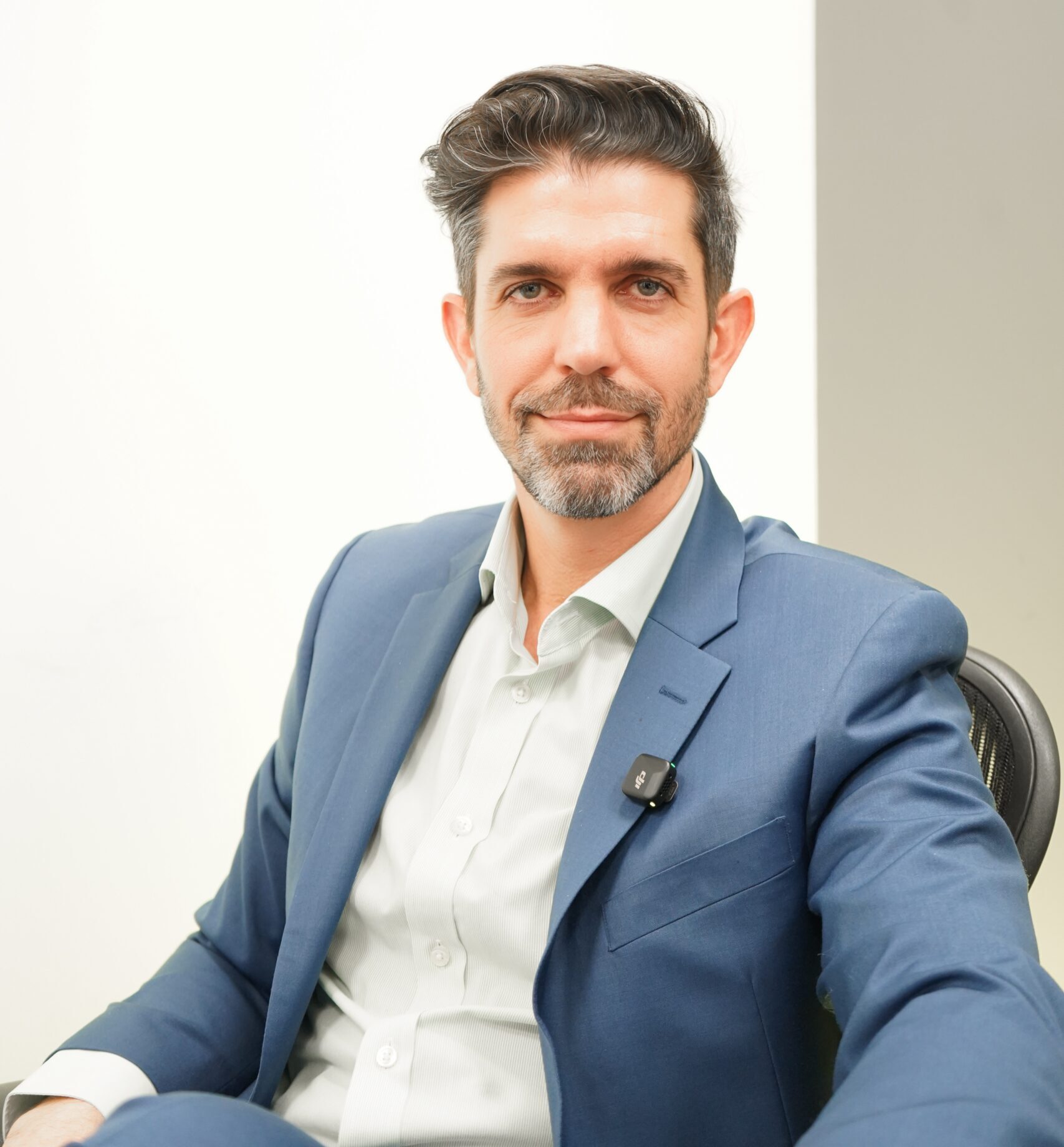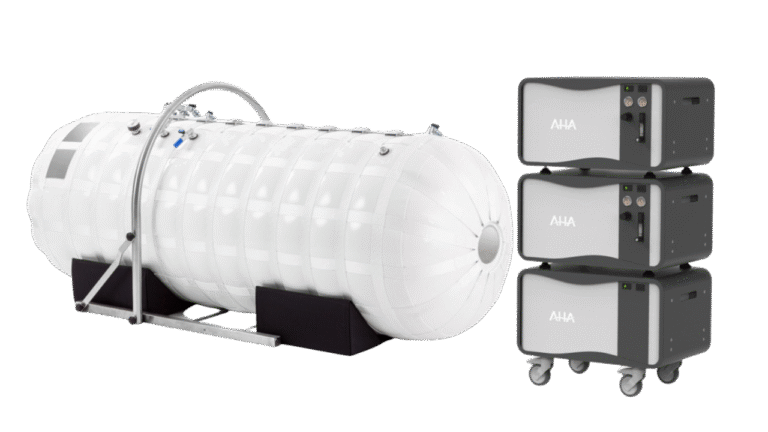Hyperbaric Oxygen for Wounds: A Powerful Approach to Healing
Wounds that do not heal properly can become a serious medical concern, especially for people living with diabetes, recovering from burns, radiation therapy, or infections. Traditional treatments sometimes are not enough to restore proper healing. This is where hyperbaric oxygen for wounds offers hope.
Hyperbaric Oxygen Therapy (HBOT) is a medical treatment that delivers 100% oxygen at higher-than-normal pressure inside a specially designed chamber. By flooding the bloodstream and tissues with oxygen, HBOT accelerates the body’s natural ability to heal.
Why Oxygen Matters in Wound Healing
Healthy tissue repair requires oxygen. In fact, wounds that do not receive enough oxygen are far less likely to close and may even worsen. HBOT works by:
Raising plasma oxygen levels: At pressures up to 2–3 times higher than normal, oxygen dissolves directly into plasma, dramatically increasing the supply available to injured tissues.
Stimulating new blood vessel growth: Extra oxygen encourages angiogenesis (the formation of new capillaries), improving long-term circulation to damaged tissue.
Fighting infection: HBOT enhances white blood cell activity, helps neutralize harmful bacterial toxins, and boosts the effectiveness of certain antibiotics.
Reducing swelling and inflammation: Increased oxygen reduces edema and cellular damage, helping wounds stabilize.
Conditions Treated with Hyperbaric Oxygen for Wounds
For wound care specifically, HBOT is often recommended for:
Diabetic foot ulcers (Wagner grade 3 or higher) – HBOT can help prevent amputations by promoting healing where standard therapy has failed.
Radiation-related injuries – including soft tissue and bone damage after cancer treatment.
Burns and acute thermal injuries – to speed recovery and reduce scarring.
Chronic or infected wounds – such as refractory osteomyelitis (bone infection).
Skin grafts and flaps – when blood supply is compromised.
Crush injuries and compartment syndromes – where circulation is impaired.
What to Expect During HBOT
Here’s what a typical session looks like:
You will wear a cotton gown and lie comfortably inside the chamber.
The chamber is slowly pressurized. You may feel your ears pop, similar to being on an airplane.
You breathe 100% oxygen and simply relax—many patients watch TV or listen to music.
Sessions last 60–120 minutes.
Afterward, the chamber is slowly depressurized, and you can resume normal activities.
A full course of HBOT usually involves 30–60 sessions, depending on the severity of the wound and your response to therapy.
The Long-Term Benefits of HBOT
What makes hyperbaric oxygen for wounds unique is that the benefits often continue even after treatment ends. By stimulating blood vessel growth and reducing chronic inflammation, HBOT can create lasting improvements in tissue health.

Dr. Wiser is a New York Licensed and Israeli Board Certified Plastic Surgeon. He currently serves as the Chief of Plastic and Reconstructive Surgery at Mount Sinai Elmhurst Hospital. His medical journey includes two prestigious fellowships:
-
A Reconstructive Microsurgery Fellowship at Lenox Hill Hospital, specializing in aesthetic and reconstructive breast surgery.
-
A Lymphedema Surgery Fellowship at Memorial Sloan Kettering Cancer Center.
He also holds a PhD in Epidemiology and Public Health from the Sackler School of Medicine in Israel. This advanced academic background allows him to critically evaluate emerging medical technologies and treatments, including HBOT, through the lens of science and evidence-based medicine.
Scientific studies have shown that HBOT increases oxygen concentration in plasma, stimulates the release of growth factors, reduces inflammation, and enhances cellular repair. The treatment is FDA-approved for specific medical conditions and is widely used in sports medicine for off-label benefits related to recovery and performance.
